Cricket
India looking to finish 2-0 against Bangladesh, spinners to play major role in the match.
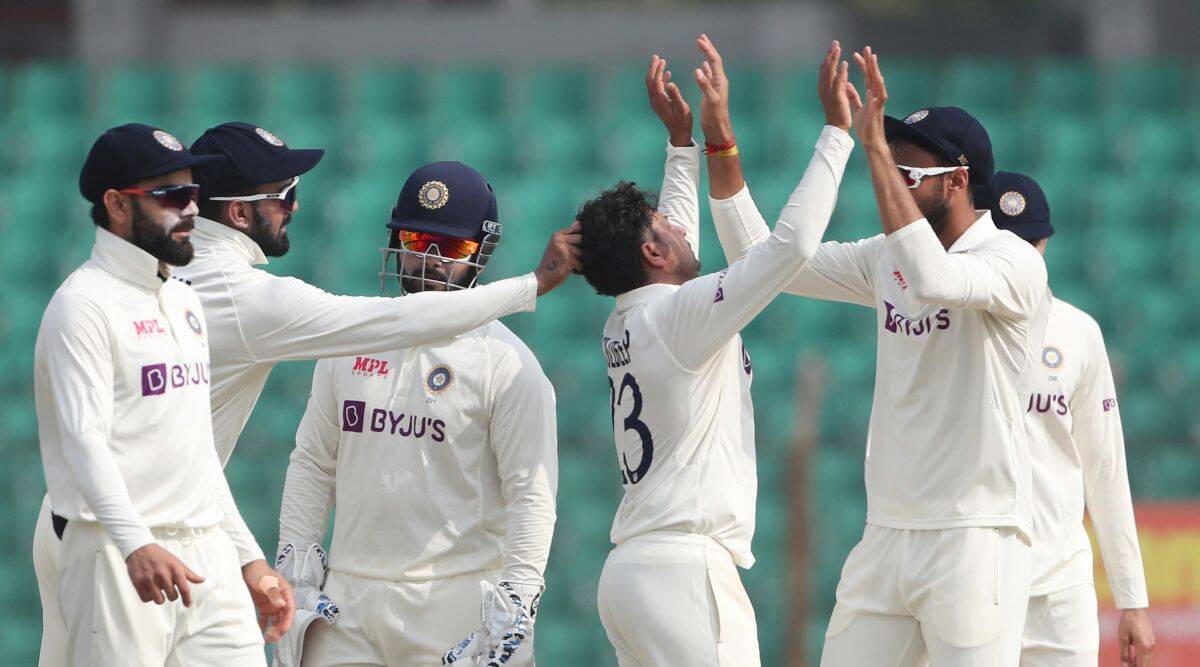
IND Vs BAN Test Match
Big picture
India will aim for another strong overall performance in Mirpur to complete a 2-0 series victory and increase their likelihood of winning the World Test Championship. In Chattogram, they destroyed the home team by outperforming them and having one of their players stand up to maintain the lead when it mattered most.
Cheteshwar Pujara played two solid innings, and R Ashwin, Shubman Gill, and Shreyas Iyer all contributed to the success of the team. Mohammed Siraj was essential in the first innings for Kuldeep Yadav, and Axar Patel took the decisive wickets in the second. After a challenging first day, the Chattogram surface mellowed out and became a great one for batting, putting the bowlers’ endurance and perseverance to the test. But because of its notoriously violent turners, the Shere Bangla National Stadium might call for a distinct set of abilities, especially from the batters.
Here, India’s bowling will be quite useful. Siraj might switch to the side, but Ashwin, Kuldeep, and Axar might end up carrying the majority of the load. Here, they may anticipate a little more help than in Chattogram, where they had to be prepared to bowl for extended periods of time.
Bangladesh must overcome a challenge. There were definitely times in Chattogram when they fell short of India in the technical and tactical aspects, despite the fact that many believe their biggest difficulty is to encourage themselves to be more consistent. They need inspirational leaders like Litton Das and Mushfiqur Rahim to help them escape this rut. Zakir Hasan and Najmul Hossain Shanto must continue the fine work they started in Chattogram, as India is likely to have new ideas for the former after he scored a century on his debut.
In good news for Bangladesh, Shakib Al Hasan, who appeared destined to play as a specialist batter owing to shoulder and rib problems, will bowl in Mirpur, according to their fast-bowling coach Allan Donald. It guarantees that they will be able to maintain the same team makeup as they did in Chattogram.
No matter what happens, Mirpur’s match will be fast-paced and feature lots of wickets falling.
Getting attention
Kuldeep Yadav doesn’t play regularly, but in his first Test in almost two years on a Chattogram surface with slow turn, he was a handful. In the first innings, he destroyed Bangladesh’s middle order, taking 5 for 40, and he played a crucial supporting role in the second with three more wickets. In Mirpur, where the ball also tends to stay low, Kuldeep is anticipated to play a bigger role in the game, especially given his skill at subtly changing direction. The batters in Bangladesh have zero preparation, even in the nets, against left-arm wristspin, which is another benefit for Kuldeep.
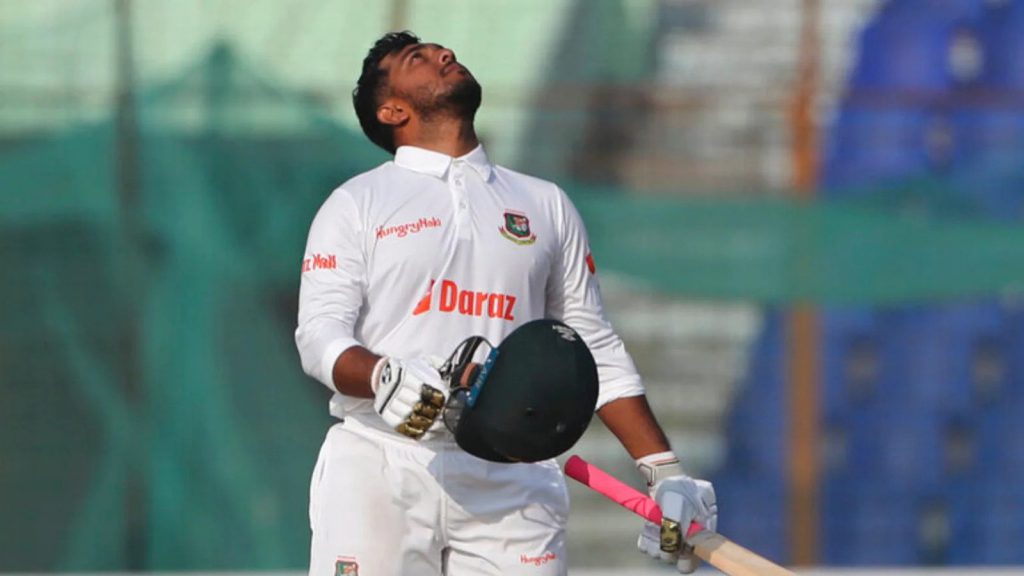
With his first Test century in Chattogram, Zakir Hasan entered the game at the top level in fable-like style. He wasn’t initially chosen for the Bangladesh A team last month, but a few good breaks and a gutsy 173 in Cox’s Bazar placed him on the selectors’ radar. His place in the Test has been secured by the century he scored in the fourth inning in Chattogram, and some continued consistency will ensure a permanent spot.
Team news
Ebadot Hossain, who is sidelined with a back ailment, is most likely to be replaced by Taskin Ahmed. Shakib is scheduled to bowl, so no other adjustments are anticipated.
Bangladesh (likely) The following players are ranked from front to back: Najmul Hossain Shanto, Zakir Hasan, Yasir Ali, Litton Das, Shakib Al Hasan (captain), Mushfiqur Rahim, Nurul Hasan (wk), Mehidy Hasan Miraz, Taijul Islam, Taskin Ahmed, and Khaled Ahmed.
**KL On the day before the game, Rahul was struck in the hand while batting in the nets. While batting coach Vikram Rathour claimed the injury wasn’t serious, there is a chance he won’t be ready to play on Thursday, leaving India without both of their preferred openers (Rohit Sharma has already been ruled out). Abhimanyu Easwaran might make his Test debut if Rahul is unable to play, and Cheteshwar Pujara would take over as captain.
Shubman Gill, KL Rahul (captain), Abhimanyu Easwaran, and Three Cheteshwar Pujara Four Virat Kohli Rishabh Pant 5 (wk), 6 R Ashwin, 7 Axar Patel, and 9 Shreyas Iyer Mohammed Siraj, Umesh Yadav, and 9 Kuldeep Yadav
Pitch and conditions
The Shere Bangla National Stadium’s surface will favor spinners for the whole of the Test, with run scoring expected to be at its most straightforward on the first day. To avoid having to bat in the fourth innings, anticipate the team that wins the toss to bat first. It’s supposed to be a dry day.
Stats and trivia
In the fourth innings of a Test match, Zakir Hasan is the ninth batsman to record a century. It’s interesting to note that Kyle Mayers, the previous batter to accomplish this feat, also achieved it in Chattogram.
Cheteshwar Pujara needs 16 more runs to pass the 7000-run barrier in Test cricket and become the eighth Indian batter to do it.
Axar Patel will reach 50 in Test bowling in eight games, making him the joint fourth-fastest bowler to do so. In their ninth Tests, Fred Spofforth, Alf Valentine, Rodney Hogg, and Terry Alderman also achieved the milestone. Charles “The Terror” Turner just required six Tests to reach 50 wickets, whereas Vernon Philander and Tom Richardson did so in seven.
Cricket
1000 Runs in ODIs: Kohli’s Cricket Legacy
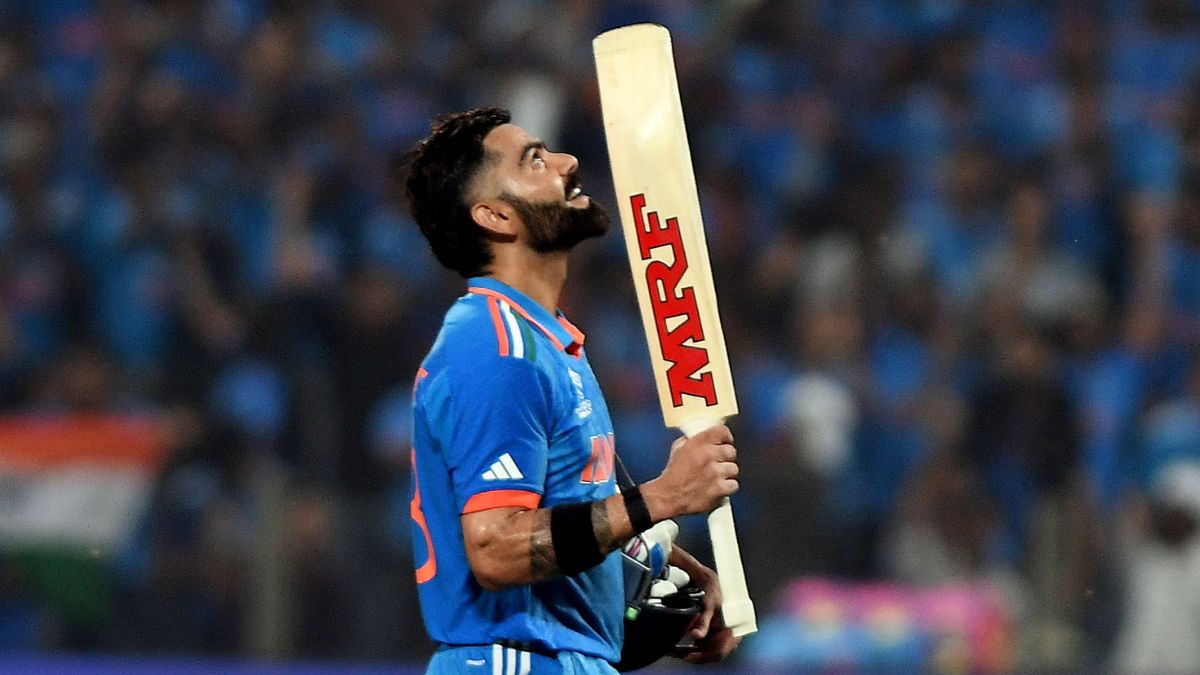
On Thursday, November 2, Virat Kohli achieved an accomplishment. He became the batsman to surpass 1000 runs in ODIs in 2023, following in the footsteps of Shubman Gill and Rohit Sharma. Not that,. He also joined Rohit Sharma, Shubman Gill, and Pathum Nissanka as the fourth players to achieve this impressive record in the 50-over format within the same year.
Stepping into History with 1000 Runs in ODIs
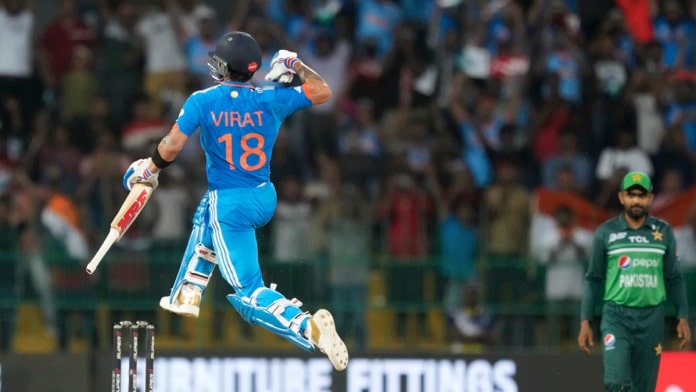
Entering the realm of history, Kohli’s unwavering determination and exceptional skills were put on display during his match in 2023. Notably, the cricket maestro, now 34 years old, made an indelible impact by surpassing Sachin Tendulkar‘s record, securing the most number of years with 1000 runs in ODIs. Kohli’s consistent ability to perform at such an exceptional level has been a defining characteristic of his illustrious career, as he had previously achieved this monumental milestone in 2011, 2012, 2013, 2014, 2017, 2018, and 2019, before accomplishing it once again in the present year of 2023.
Sachin Tendulkar with god of cricket Virat Kohli pic.twitter.com/zmztejNBBB
— Kevin (@imkevin149) November 2, 2023
An Unforgettable Journey
In an intense World Cup 2023 clash against Sri Lanka at the renowned Wankhede Stadium in Mumbai, Virat Kohli’s pursuit of this historic milestone was realized with an impressive 34 runs. Despite facing challenges, including a rare duck against England at the Ekana Stadium in Lucknow, his overall performance throughout the year has been nothing short of spectacular.
Kohli’s memorable journey was highlighted by an unbeaten century during India’s triumphant seven-wicket victory against Bangladesh at the Maharashtra Cricket Association (MCA) Stadium in Pune. Adding to his illustrious record, he solidified his stature with a brilliant 95 runs, making a significant contribution to India’s thrilling four-wicket win over New Zealand led by Tom Latham at the Himachal Pradesh Cricket Association (HPCA) Stadium in Pune.
Cricket
Shaheen Shah Afridi: Fastest to 100 ODI Wickets

Shaheen Shah Afridi, on Tuesday, October 31, achieved a remarkable feat, becoming the third fastest bowler to secure 100 wickets in ODIs. His outstanding performance during Pakistan’s World Cup 2023 match against Bangladesh at the renowned Eden Gardens in Kolkata led to this historic accomplishment.
A Landmark Moment
In the thrilling encounter, Shaheen clinched his 100th wicket in only his 51st match, dismissing Tigers’ opening batter Tanzid Hasan Tamim. The left-arm fast bowler displayed exceptional skill as he struck Tamim on the pads, prompting the on-field umpire to raise his finger. Despite Tamim’s referral to the third umpire using the Decision Review System (DRS), the replays confirmed the ball crashing into the stumps, upholding the on-field decision. Bangladesh lost their first wicket with the scoreboard reading 0 in just 0.5 overs.
Shaheen Afridi soars high yet again with another feat to his name 🦅#CWC23 | #PAKvBAN pic.twitter.com/IlQQ6P5xYK
— ICC Cricket World Cup (@cricketworldcup) October 31, 2023
Surpassing Preceding Records
Shaheen Shah Afridi not only secured this feat in record time but also outshone the accomplishments of esteemed bowlers preceding him. He surpassed the record of the fastest pacer, previously held by Mitchell Starc, who attained the milestone in August 2016 during an ODI against Sri Lanka at the R. Premadasa Stadium in Colombo.

Legacy of Excellence
Moreover, Shaheen shattered the long-standing record held by Saqlain Mushtaq, becoming the fastest Pakistani bowler to claim 100 wickets in ODIs. Saqlain had set this record on May 12, 1997, during an ODI against Sri Lanka in Gwalior. It is notable that among the Pakistani fast bowlers, the accomplished Shaheen Shah Afridi follows in the footsteps of the legendary Waqar Younis, who achieved the 100-wicket mark back in February 1993 against Zimbabwe in Sharjah.

Beyond ODIs
Demonstrating his prowess beyond ODIs, Shaheen has made significant contributions in Tests and T20Is as well. Since his debut in 2018, he has garnered 105 wickets in Tests and 64 wickets in T20Is. His exceptional journey began with a strong performance in the U19 World Cup in New Zealand. Notably, he played a pivotal role in Lahore Qalandars’ consecutive victories in the Pakistan Super League (PSL).
A Testament to Talent and Dedication
Shaheen Shah Afridi’s rapid rise to 100 ODI wickets within 51 matches underlines his exceptional talent and unwavering dedication to the sport. As he continues to leave an indelible mark on the cricketing world, his journey serves as an inspiration for aspiring cricketers worldwide. With his remarkable achievements, Afridi has solidified his place in the annals of cricket history, etching his name as one of Pakistan’s most formidable and promising fast bowlers.
Cricket
ICC World Cup: Shoaib Akhtar says, ‘Mai India ki tareef kyu na karu’

Former Pakistan fast bowler Shoaib Akhtar has recently expressed admiration for India’s dominant performance in the ongoing 2023 ICC World Cup. With India securing victories in all six matches, Akhtar highlighted the team’s exceptional display across various aspects of the game. Although the recent batting performance against England in Lucknow was relatively modest, India’s fierce bowling attack, led by Mohammed Shami and Jasprit Bumrah, proved instrumental in securing a remarkable win. This triumph not only solidified India’s leading position on the points table but also exacerbated England’s struggles in the tournament, leaving them virtually eliminated.
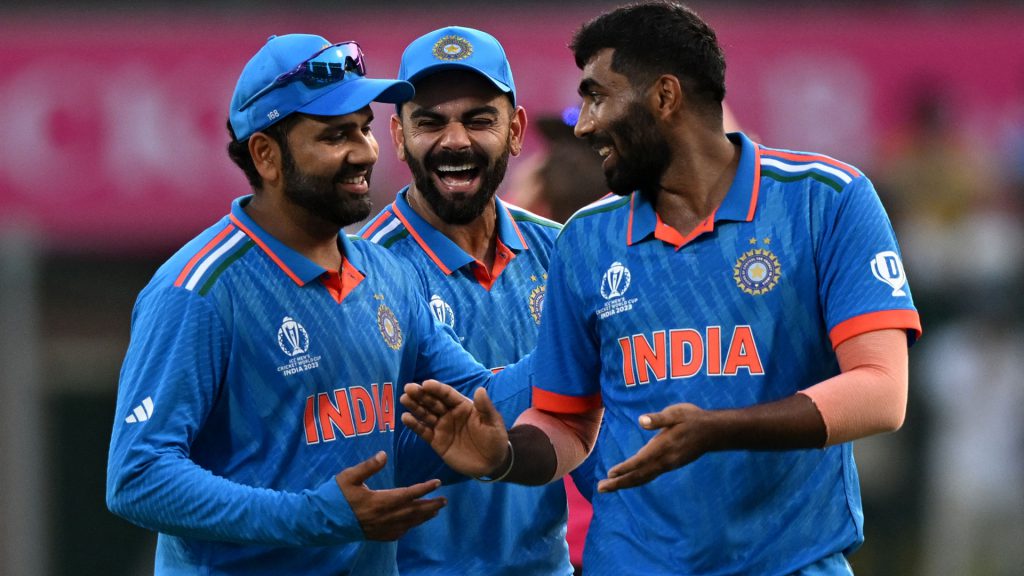
India’s Remarkable Bowling Transformation
In his analysis, Akhtar emphasized the transformative impact of Shami’s inclusion in India’s playing eleven following Hardik Pandya’s injury. Acknowledging Shami’s outstanding performances against New Zealand and England, Akhtar credited India’s ability to win matches through their bowling prowess, showcasing a shift from their traditional reliance on batting strength. He commended the collective effort of the Indian bowling unit, particularly recognizing the strategic brilliance of fast bowler Bumrah.
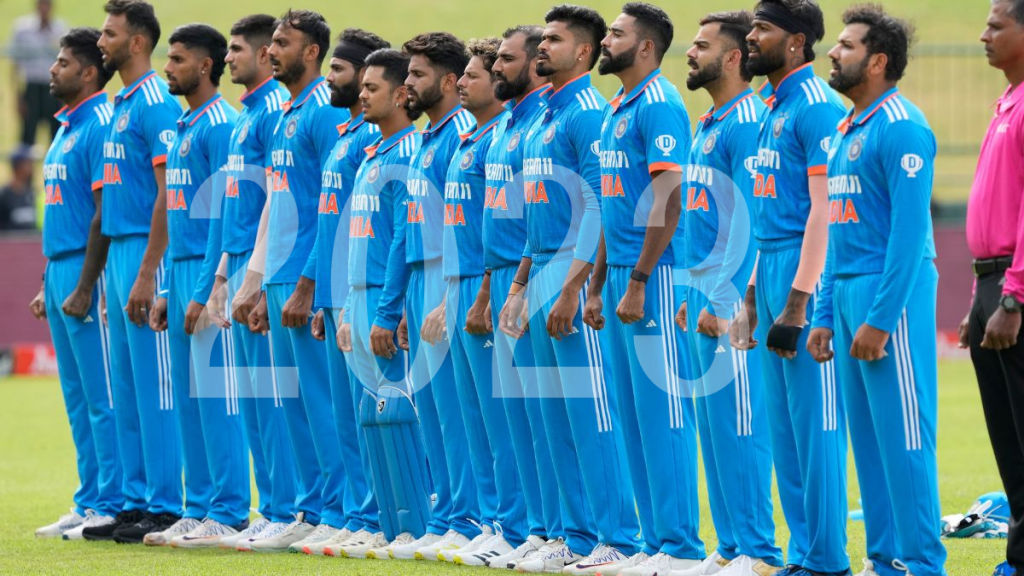
India’s Path to World Cup Glory
Looking ahead, Akhtar voiced his confidence in India’s potential to secure their third ODI World Cup trophy, highlighting the team’s upcoming matches against Sri Lanka, South Africa, and the Netherlands. Expressing optimism, he emphasized the significance of maintaining their unbeaten streak en route to the final, setting the stage for a potential historic ICC World Cup victory. However, Akhtar cautioned against compromising the successful bowling unit once Pandya returns to full fitness, warning against the potential detriment of a partially fit Pandya’s inclusion at the expense of a bowler.
Akhtar’s Praise for India and its Response to Criticism
Addressing skepticism surrounding his praise for the Indian team, Akhtar reiterated the exceptional nature of India’s performance, particularly in their ability to defend a modest total with a significant margin of victory. Undeterred by criticism, Akhtar reaffirmed his admiration for India’s exceptional cricketing prowess, urging acknowledgment and appreciation of their commendable achievements.
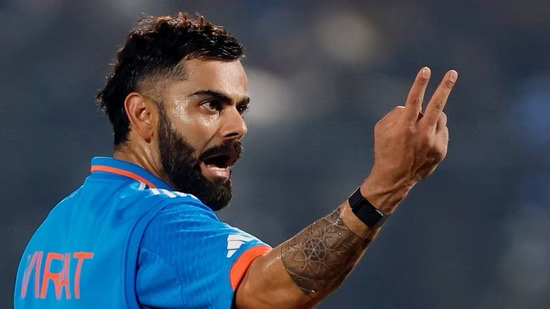
Shoaib Akhtar’s Perspective on Virat Kohli
Shifting focus, Akhtar’s history of praise extends beyond team performances to individual players, notably including former Indian team captain Virat Kohli. Reminiscing on Kohli’s resilience during a challenging phase in his career, Akhtar highlighted the pivotal role played by Kohli’s consistent century-scoring performances, leading to India’s victories. Recognizing Kohli’s contribution to the team’s success, Akhtar emphasized the significance of Kohli’s monumental centuries during crucial chases, solidifying his status as a crucial asset for the Indian cricket team.
In a comparison between Kohli and the legendary Sachin Tendulkar, Akhtar acknowledged Tendulkar’s status as one of the greatest batsmen while highlighting the challenges Tendulkar faced as a captain. Drawing parallels, Akhtar expressed confidence in Kohli’s eventual resurgence, expecting him to return to his prolific scoring form once he finds his equilibrium.
In summary, Akhtar’s acknowledgment of India’s exceptional performance and his recognition of individual players’ contributions underscore the team’s formidable presence in the 2023 ICC World Cup, setting the stage for a potential historic triumph in the coming days.

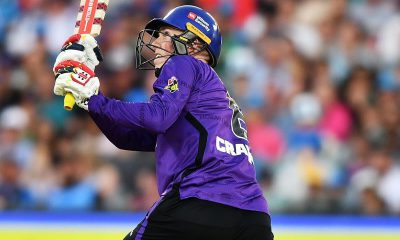



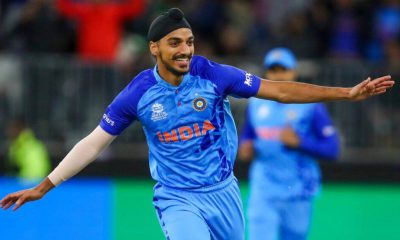











You must be logged in to post a comment Login